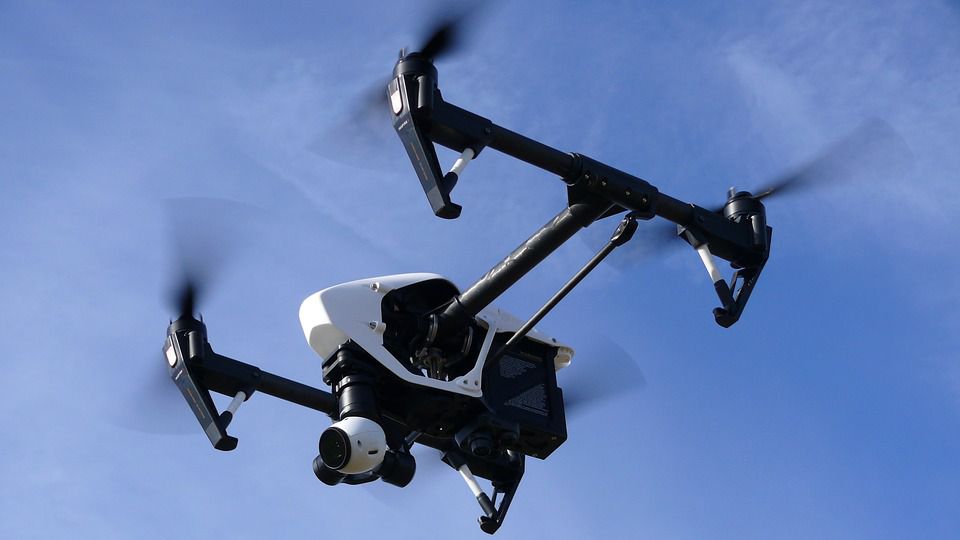DARPA Invests in Anti-Drone System for Small Craft

The U.S. Defense Advanced Research Projects Agency is investing in technology to help Coast Guard boats and military vehicles defend against the threat of small drones. Small unmanned aircraft grow less expensive and more readily available every year, and when weaponized, they pose an array of dangers for American ground and maritime forces, DARPA says. Islamic State has deployed this class of weapons against American and Iraqi forces, and Iran has used small fixed-wing drones to harass the U.S. Navy.
To counter the threat of remote-controlled and self-guided drones, DARPA has launched a new “Mobile Force Protection” program to develop the techology to detect, identify, track and neutralize enemy drones while minimizing collateral damage. The program seeks to develop low-cost solutions that could be fielded within three to four years. Three research groups – Dynetics, SAAB Defense and Security and SRC – are working on Phase 1 of the project.
“Each team will now work to integrate novel ideas for advanced sensors and neutralization approaches into a common framework emphasizing safety for civilian bystanders, ease of operation, and low size, weight, power, and cost," says Jean-Charles Ledé, a program manager in DARPA’s Tactical Technology Office (TTO). "Our goal is a technology demonstration system that could fit onto currently deployed tactical ground vehicles and maritime vessels—getting advanced and upgradeable capabilities quickly to the warfighters who need them.”
The Army would be a key beneficiary of the system, but DARPA is also involving the Department of Homeland Security and the U.S. Coast Guard in the project. The program is in its first phase, but by the end of Phase 3, DARPA hopes to showcase "a full-capability demonstration on a moving vehicle." Once the demonstration is complete, the services and agencies will have the option to fund another round of field evaluations. DARPA plans to continue to invest in a final prototype for military applications.
The U.S. military fields several commercially-developed anti-drone weapons, including the Liteye Systems Anti-UAV Defense System and the Battelle DroneDefender. Liteye Systems’ device has been deployed in a vehicle-mounted configuration.
